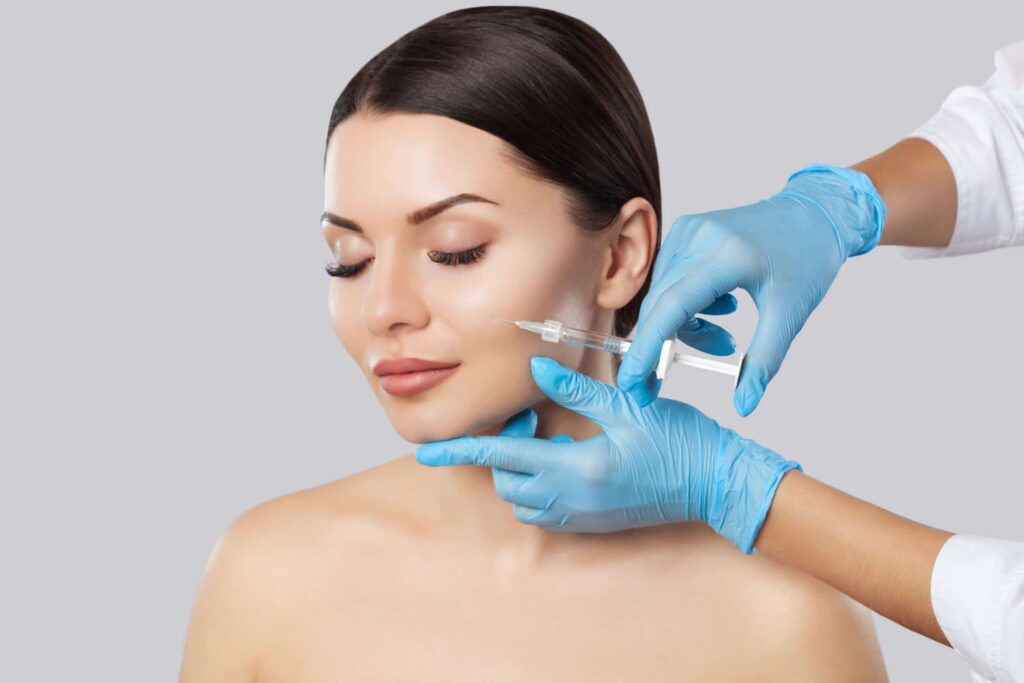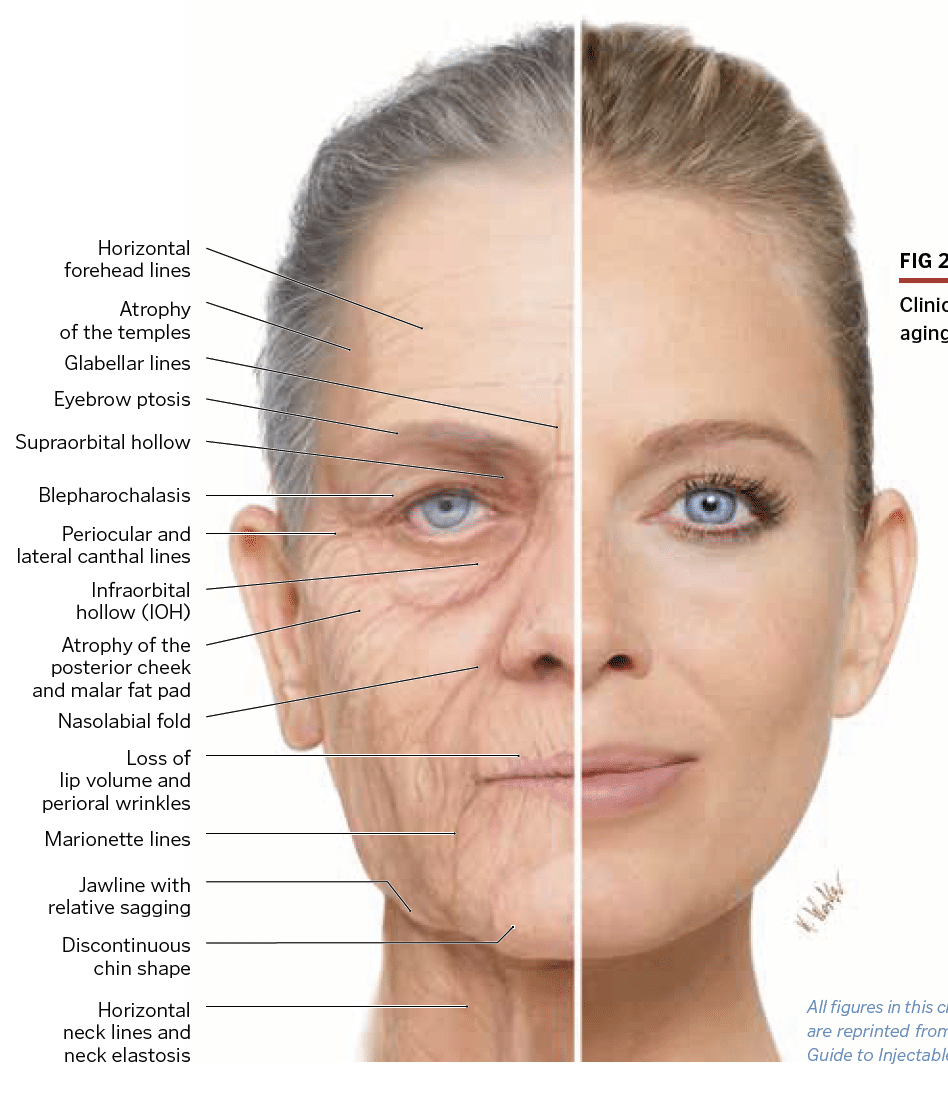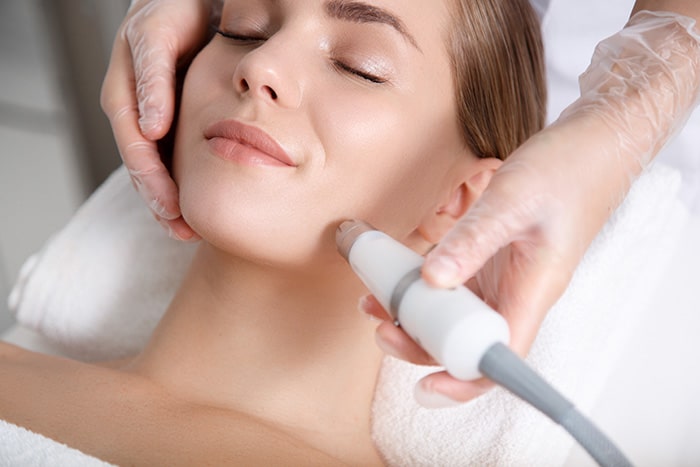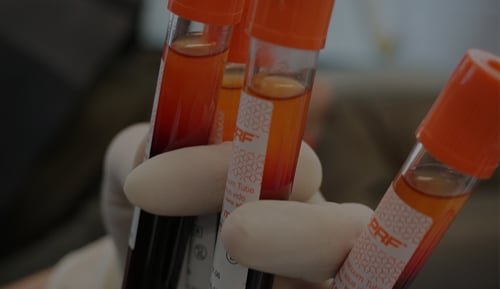
As we addressed in a previous article, regenerative medicine provides many alternatives to surgical facelifting. To help heal and rejuvenate the skin, one approach uses growth factors contained in blood plasma. We can achieve long-term anti-aging effects when used in conjunction with therapies that add bulk to the skin. Here are some details about the various face treatments that use Platelet Rich Plasma (PRP) injections.
PRP Facelift
The patient’s blood is processed in a centrifuged to separate the plasma and platelets, as in any PRP treatment. The plasma is then pumped into the damaged areas of the face with a DermPen (microneedle). Collagen development and skin healing are aided by plasma. To achieve the desired results, three PRP face lifting treatments are usually needed. A maintenance treatment for PRP facelifting is generally required once a year to ensure that the skin maintains its youthful appearance.
PRP + Fat Transfer
Collagen is the face that degrades over time, and changes in bone structure and blood flow cause the skin to be elastic and sag or droop. A natural way to plump and firm the skin is to use the patient’s tissue taken from another part of the body to increase volume under the skin. Stem cells found in adipose tissue can grow into structural elements that enhance skin structure when inserted into the skin. PRP injections are often used in conjunction with fat Transfer to increase the regenerative effects. Fat Transfer only lasts around a year, even with the addition of PRP, before fat cells start to die. However, the fat transfer process can be replicated as required since adipose tissue is obtained from the patient and does not require the use of any additional chemicals or drugs.
PRP + Plasma Gel Face Filler
In aesthetic medicine, facial fillers are widely used to add volume to specific areas of the face. On the other hand, gel fillers are made of harsh chemicals that are not found in nature and are alien to the body. The patient’s plasma can be used as an alternate and similarly efficient gel filler. When injected into the face, the result is a smoother appearance. However, natural gel fillers from plasma only last three to six months; combining the treatment with PRP injections extends the filler’s lifespan.
PRP injections for the face may improve the appearance of scarred and wrinkled skin on their own. On the other hand, PRP may help enhance the effects and extend the lifetime of other medical cosmetic procedures, including face fillers. To learn more about these treatments and whether they can help you look and feel younger without surgery, schedule a consultation.



